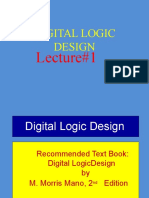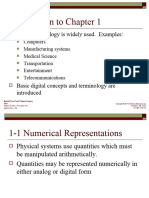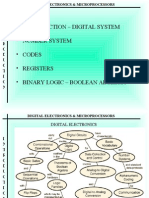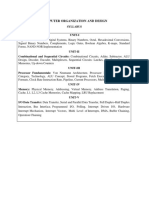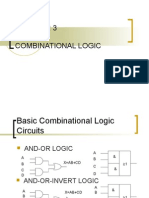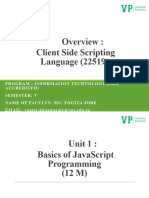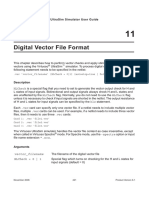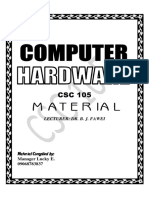0% found this document useful (0 votes)
157 views28 pagesDigital Systems Overview
This document introduces basic digital concepts and terminology. It discusses numerical representations in both analog and digital forms. Digital systems represent quantities using discrete values while analog is continuous. Advantages of digital include precision and programmability but conversion between analog and digital is required. Common number systems like binary, decimal, octal and hexadecimal are examined. Methods of representing binary quantities like switches and paper tape are described. Parallel and serial data transmission and basic computer components like CPU, memory and I/O are also introduced.
Uploaded by
badhell_18Copyright
© Attribution Non-Commercial (BY-NC)
We take content rights seriously. If you suspect this is your content, claim it here.
Available Formats
Download as PPT, PDF, TXT or read online on Scribd
0% found this document useful (0 votes)
157 views28 pagesDigital Systems Overview
This document introduces basic digital concepts and terminology. It discusses numerical representations in both analog and digital forms. Digital systems represent quantities using discrete values while analog is continuous. Advantages of digital include precision and programmability but conversion between analog and digital is required. Common number systems like binary, decimal, octal and hexadecimal are examined. Methods of representing binary quantities like switches and paper tape are described. Parallel and serial data transmission and basic computer components like CPU, memory and I/O are also introduced.
Uploaded by
badhell_18Copyright
© Attribution Non-Commercial (BY-NC)
We take content rights seriously. If you suspect this is your content, claim it here.
Available Formats
Download as PPT, PDF, TXT or read online on Scribd
/ 28





